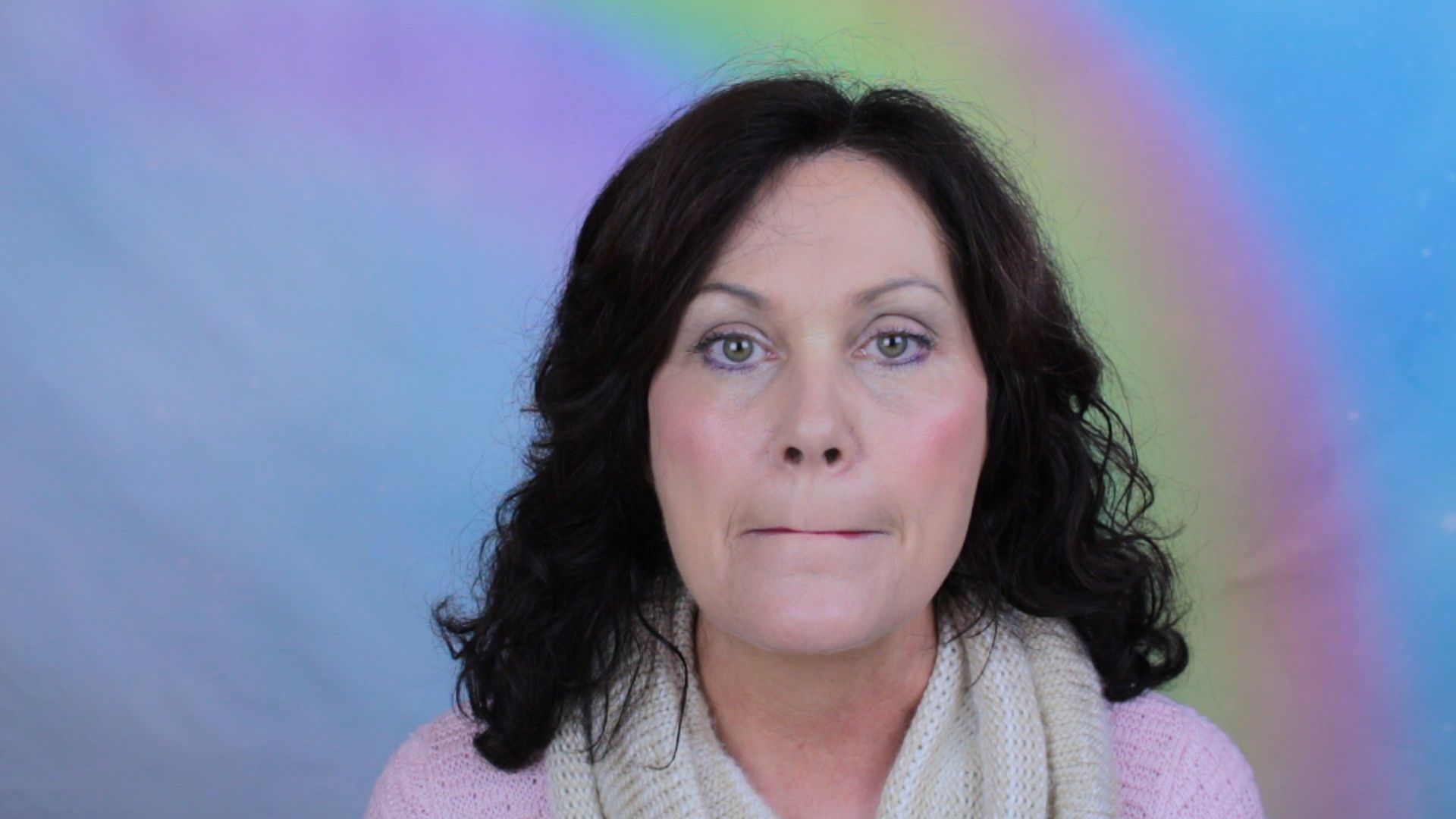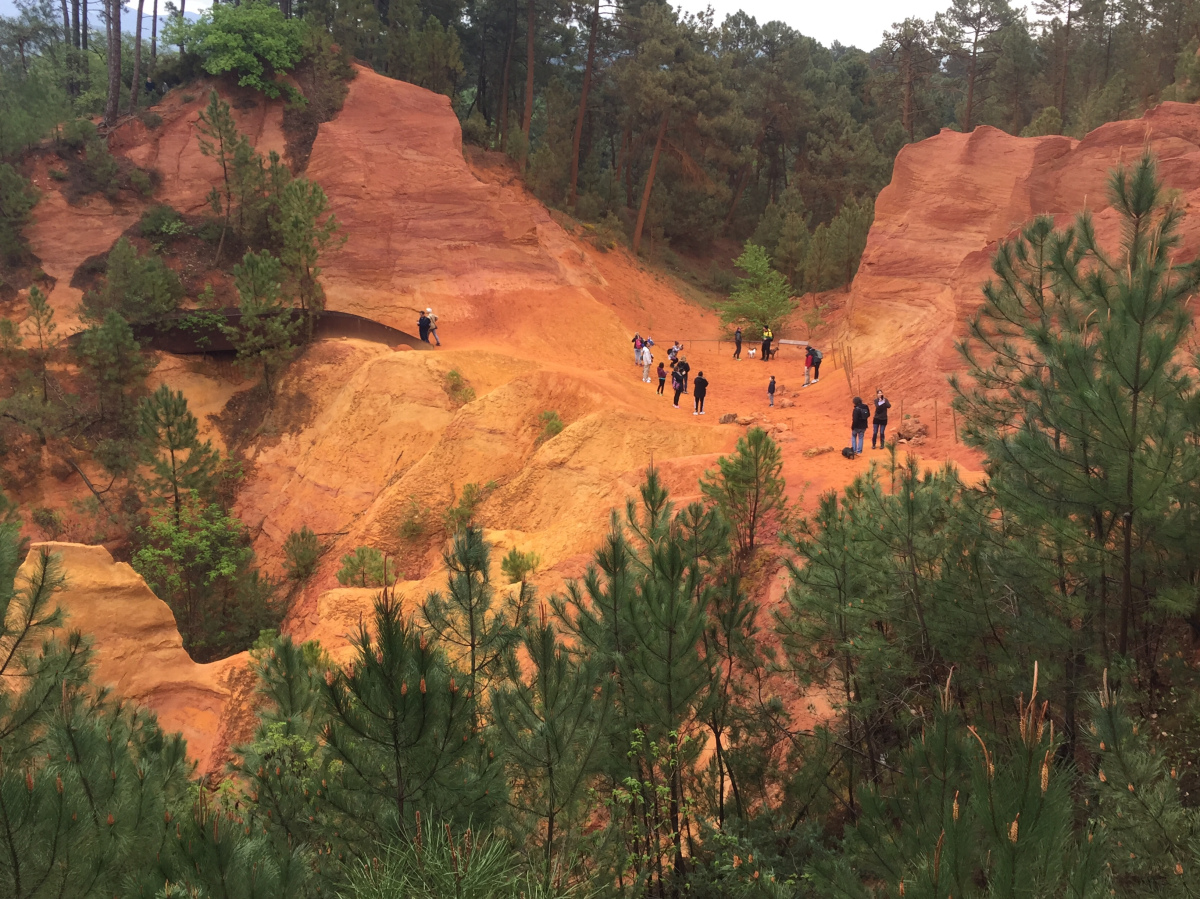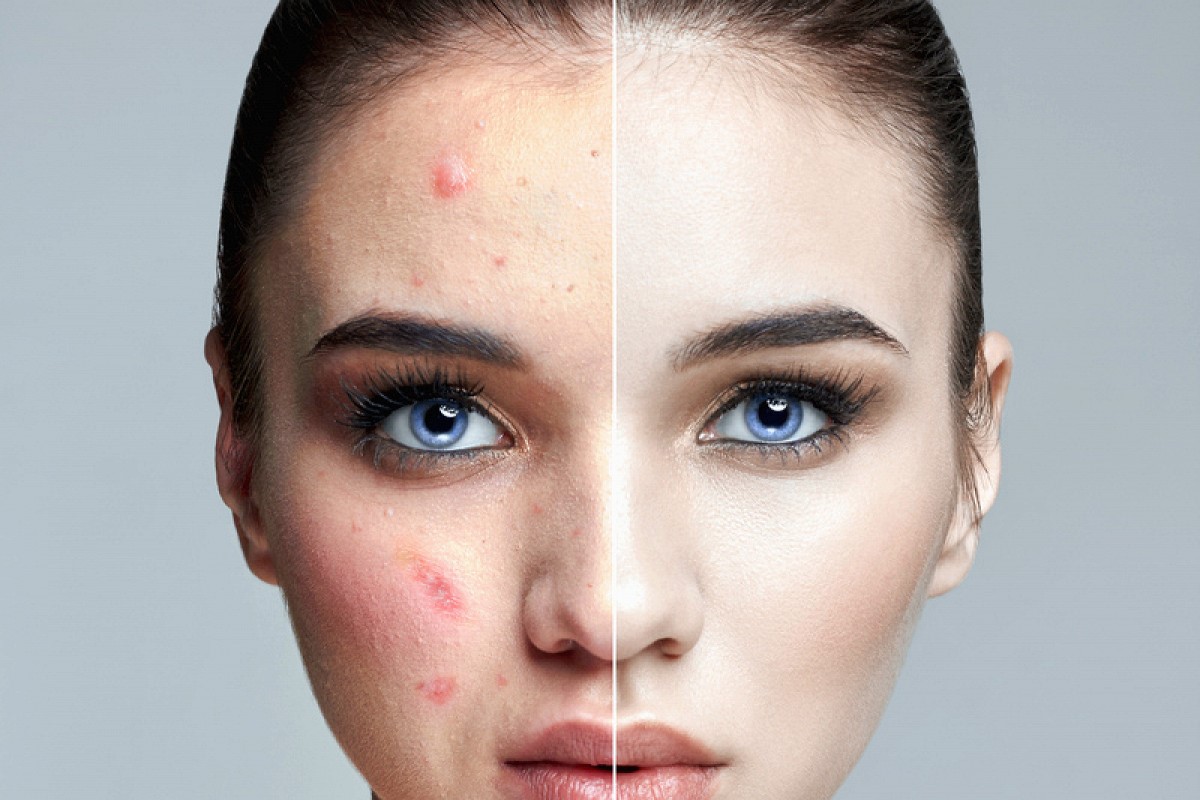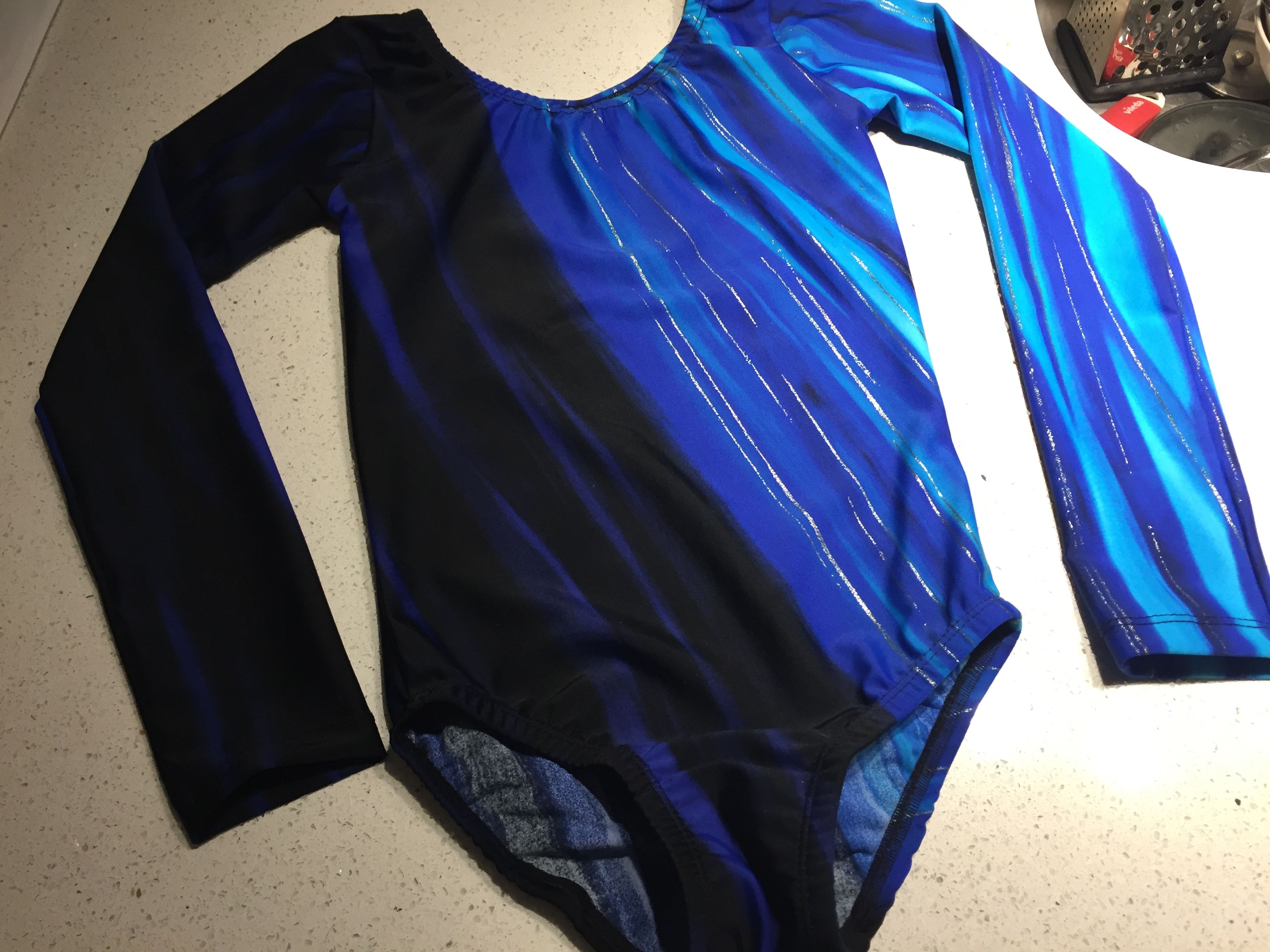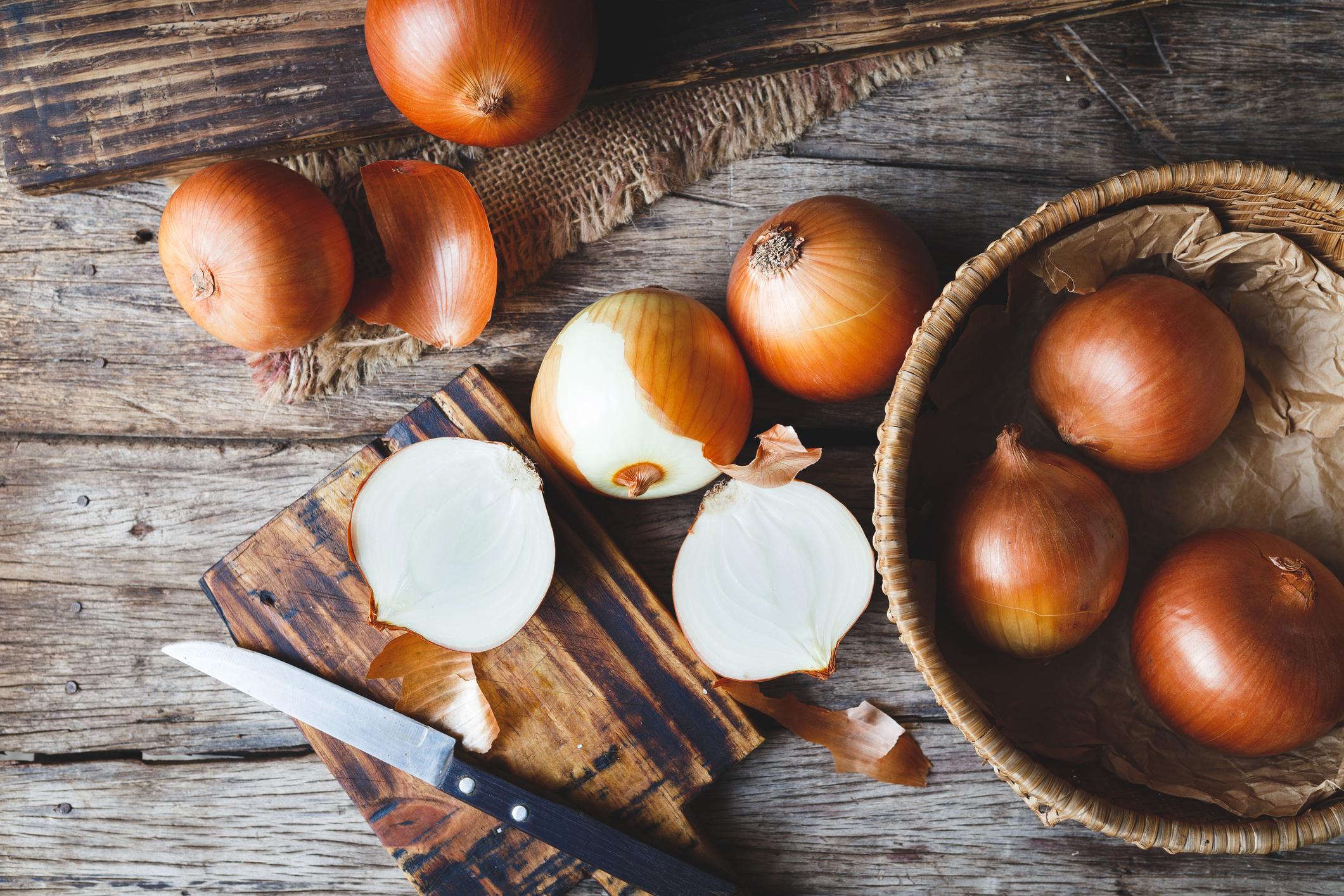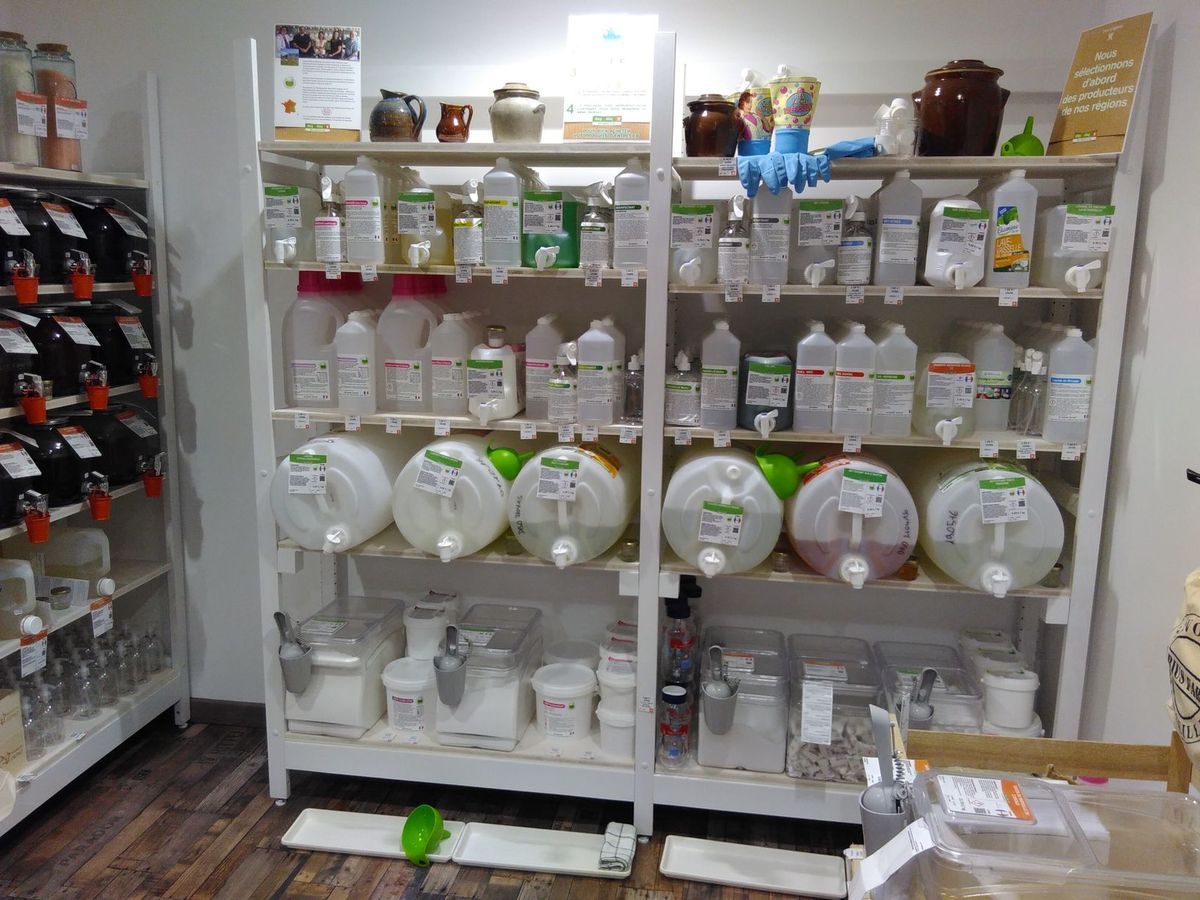Cosmetics: 12 Ingredients Hazardous To Your Health To Avoid AT ALL COSTS.
The ingredients of beauty treatments are not just pretty!
Yes, over 237 everyday cosmetic products contain dangerous toxic substances.
This is the alarming conclusion of a study by UFC-Que Choisir, which we are talking about in this article.
The problem is, these questionable ingredients are everywhere!
According to a cosmetic study, at least 1 in 8 ingredients is an industrial chemical.
Some of these products are scientifically recognized as carcinogenic. Others are also used as pesticides.

And still others disrupt fertility. And not to mention those who are endocrine disruptors. Do you want more ?
Some also contain powerful chemicals, such as plasticizers (used to thin fresh cement), degreasers (used to clean engines and auto mechanical parts) and also surfactants (used in industrial paints and inks).
Cement, mechanical parts, paints ... Can you imagine the effects these chemicals have on your skin? And on the environment?
Go to your bathroom and look at your beauty care labels. At home, 80% of my cosmetics contain at least one of these 12 most dangerous toxic ingredients!
It's maddening. Fortunately, you can avoid them easily.
Before buying a cosmetic product, check that it does not contain this list of the 12 most dangerous ingredients. Look :
1. BHA and BHT
Butylated Hydroxyanisole (BHA) and Butylated Hydroxytoluene (BHT) are primarily used as preservatives in moisturizers and makeup.
These 2 substances are known to be endocrine disruptors, and BHA is also linked to cancer.
Both are also harmful to the environment, including wild animals.
In the European Union, the BHA has the code E320 and the BHT the code E321.
2. PPD and dyes identified by a "CI" followed by five digits
The p-Phenylenediamine is a dye derived from coal tar. You will find it in hair dyes.
But also watch out for other dyes, identified by a "CI" followed by five digits. Indeed, PPD is recognized as being carcinogenic to humans.
In addition, it may also contain traces of heavy metals, which are toxic to the brain.
Be careful, because sometimes the "CI XXXX" ingredients of cosmetic products correspond to food coloring agents, such as "EXXX".
Some examples :
CI 14720 = Carmoisine red = E122
CI 75300 = Curcumin = E100
CI 75810 = Chlorophyll = E140
To see the list of all color codes, click here.
3. DEA and its derivatives

Diethanolamine, or DEA, is used in creams and foaming products such as body lotions and shampoos.
This substance produces nitrosamines, carcinogenic and extremely dangerous chemical derivatives.
It is also harmful to the environment and all forms of animal life.
Avoid similar chemical derivatives, including monoethanolamine (MEA) and triethanolamine (TEA).
4. Dibutyl phthalate (DBP)
DBP is used as a plasticizer in nail care products.
This ingredient is suspected of being an endocrine disruptor and damaging fertility.
It is also harmful to fish and wildlife.
Now you know what to do if you see this ingredient in a cosmetic product that you want to buy!
5. Preservatives that generate formalin
Double check the list of ingredients for cosmetic products.
Make sure they are free from DMDM hydantoin, diazolidinyl urea, imidazolidinyl urea, methenamine or quarternium-15.
Used as anti-microbials in several beauty treatments, these ingredients are formaldehyde liberators.
Also known as formalin, it is a carcinogen to be avoided like the plague.
6. Parabens
Parabens are used as preservatives in several products of the cosmetic industry.
They are suspected of being endocrine disruptors and of damaging reproduction in males.
Since we know that parabens are endocrine disruptors, many products claim to no longer have them in their composition.
But still be careful because some cosmetics have replaced them with ingredients that are just as toxic ...
7. "Perfumes" or perfuming compounds

This term actually designates a mixture of several perfume compounds.
It is used in many beauty treatments, and even in so-called "fragrance-free" products!
But many of the ingredients in these compounds can cause allergies and asthma.
Some are even neurotoxic and linked to increased cancer risk. They are also harmful to the environment and to wildlife.
8. PEG
Polyethylene glycol (PEG) is used as a thickener in many cosmetic products.
Which ? For example, liquid soaps, moisturizers and shampoos.
The problem is, we know that it may contain a known carcinogen, 1,4-dioxane.
Also avoid propylene glycol (PG) and similar chemical derivatives that contain the letters "eth"as for example in the polyethylene glycol.
9. Petrolatum
It is a petroleum jelly of the Vaseline type.
In hair care, it gives hair shine.
And in lip balms, lipstick, and moisturizers, it's used to create a hydrating barrier.
But it is also a derivative of petroleum, which is contaminated with recognized carcinogenic substances, polycyclic aromatic hydrocarbons (PAHs).
Again, be careful what you buy and be careful that your products do not contain it!
10. Siloxanes
Essentially, avoid any ingredients that end in "—siloxane" or "—methicone".
These substances are used to soften, smooth and moisturize products such as lipstick, shampoos and deodorants.
Cyclotetrasiloxane is classified as an endocrine disruptor by the European Union, and it may affect reproduction in humans.
Siloxanes are also harmful to our friends fish and wildlife.
11. Sodium lauryl ether sulfate (SLES)
SLES is used in foaming products, such as shampoos, facial cleansers and bubble baths.
The problem ? There are traces of 1,4-dioxane, a carcinogen.
Also avoid sodium lauryl sulfate (LSS) and any other ingredient containing the letters "eth"as in lauryl ethsodium sulfate.
12. Triclosan
Known for its antibacterial properties, triclosan is widely used in toothpastes, face cleansers, and deodorants.
It is an endocrine disruptor and is believed to make bacteria more resistant to antibiotics.
This product is also harmful to fish and wildlife. Wonderful, isn't it?
What are the risk-free alternatives?
First of all, the best is to limit daily cosmetic products as much as possible.
Most are of little use and cost a lot.
Then, it is always preferable to favor organic cosmetics and care for the skin.
Unfortunately, this is not always given ... So there remains the solution to make them yourself.
You are in the right place. On comment-economiser.fr, we have natural homemade recipes for many everyday products. Look :
- homemade shampoo
- homemade deodorant
- homemade mask
- natural self-tanner
- homemade sunscreen
- homemade shower gel
- moisturizing skin care
- homemade aftershave
- homemade mouthwash
- homemade anti-wrinkle
- remedy for dry hands
- homemade toothpaste
- homemade makeup remover
Do you like this trick ? Share it with your friends on Facebook.
Also to discover:
Toxic Substances: The WORST Household Products to Avoid (and Natural Alternatives).
Cosmetics and Skin Care: 12 Toxic Products to Avoid.

